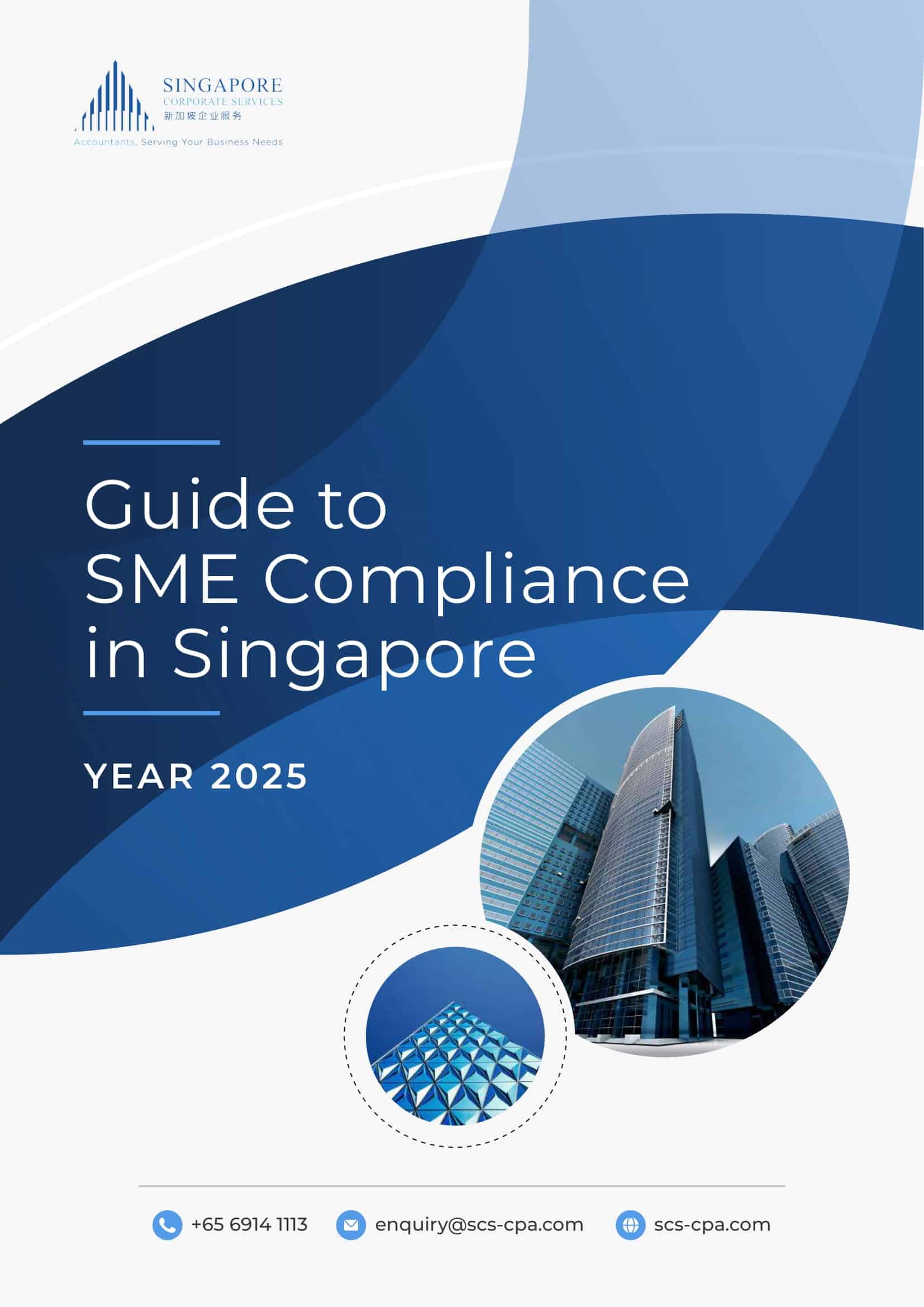Understanding Cash Flow
Cash flow refers to the movement of money in and out of your business. It’s essential for covering operating expenses, investing in new opportunities, and ensuring financial stability. Effective cash flow management helps prevent unexpected cash shortages.
Best Practices for Cash Flow Management
1. Monitor Cash Flow Regularly
– Action: Implement a system to track and manage cash flow weekly or monthly.
– Tools: Use accounting software like Xero or a custom spreadsheet.
– Benefit: Helps identify cash shortages and surpluses early.
2. Improve Receivables
– Invoicing: Issue invoices immediately upon delivery of goods or completion of services.
– Payment Terms: Encourage faster payments through discounts for early payment and enforce penalties for late payments.
– Follow-up: Regularly follow up on outstanding invoices.
3. Manage Payables Wisely
– Negotiate Terms: Work with suppliers to extend payment terms when possible.
– Scheduled Payments: Avoid late fees and maintain good supplier relationships by scheduling payments before due dates.
4. Maintain a Cash Reserve
– Goal: Enough cash reserve to cover at least 3-6 months of operating expenses.
– Strategy: Save a portion of cash inflows in a separate liquidity fund.
5. Forecast Cash Flow
– Projections: Prepare cash flow projections for the next 12 months.
– Scenario Planning: Include best, worst, and most likely scenarios to anticipate the impact of business decisions.
6. Maximize Cash Flows
– Lease, Don’t Buy: Consider leasing major assets to avoid large upfront payments.
– Inventory Management: Reduce the excess stock to free up cash without sacrificing the ability to meet customer demand.
7. Use Technology
– Automation: Utilize financial management software to automate invoicing, bill payments, and other transactions.
– Integration:Ensure your accounting system integrates with other business systems (e.g., sales, procurement) for real-time data. To ensure seamless accounting integration, consider professional bookkeeping and accounting services that can support your cash flow management efforts effectively.
8. Manage Debt Wisely
– Cost-effective Borrowing: Ensure any borrowed money comes with favorable terms and rates.
– Purpose: Borrow for the right reasons, such as capital improvements that increase revenue or efficiency.
9. Regular Review of Costs
– Audit Expenses: Regularly review and cut unnecessary expenses.
– Supplier Costs: Regularly review supplier contracts and seek discounts or more favorable terms.
10. Secure Financing Before You Need It
– Establish Relationships: Build and maintain good relationships with multiple bankers and credit providers.
– Options: Understand different financing options, such as overdrafts, lines of credit, or short-term loans.
Consistent application of these best practices in cash flow management will help maintain liquidity, reduce financial stress, and position your Pte Ltd company for sustainable growth and success. Regular training for your financial team on these strategies can also enhance their effectiveness and adaptability in managing your business’s finances.
Additionally, for SMEs looking to simplify their tax and compliance efforts, explore our MicroBiz Compliance Trio package. Tailored to meet your needs, this package ensures compliance and financial efficiency without breaking the bank. Consider this comprehensive solution to streamline your business operations and unlock its full potential.
2025 Guide to SME Compliance in Singapore
Explore our comprehensive guide on SME compliance in Singapore, designed to help business owners navigate the intricacies of regulatory requirements efficiently. Stay informed and ensure your SME adheres to all legal standards with our expert advice and actionable steps
How to Change Your Company Name in Singapore
A company's name can significantly shape its identity, yet there are times when a change becomes...
Is Singapore a Tax Haven? A Comprehensive Analysis
Is Singapore really a tax haven, or is it simply capitalising on tax policies that spur economic...
Fiscal Year vs Financial Year: Definitions and Implications
Is there a difference between a fiscal year and a financial year? While they both refer to the...





